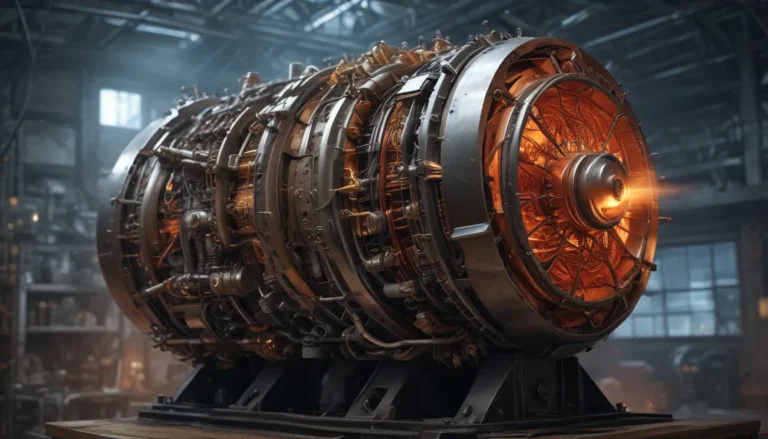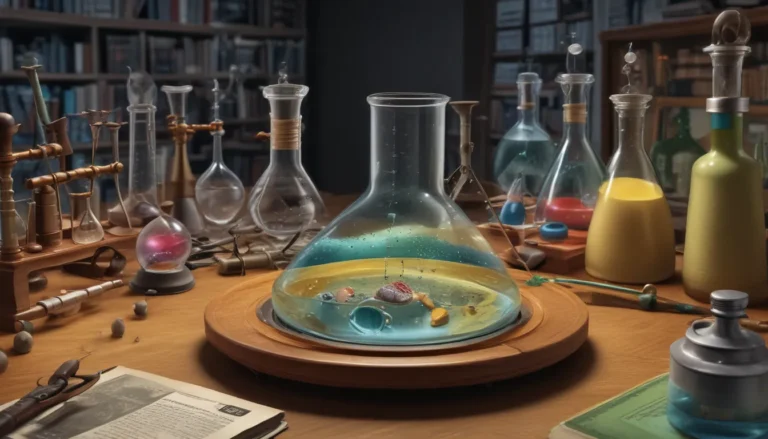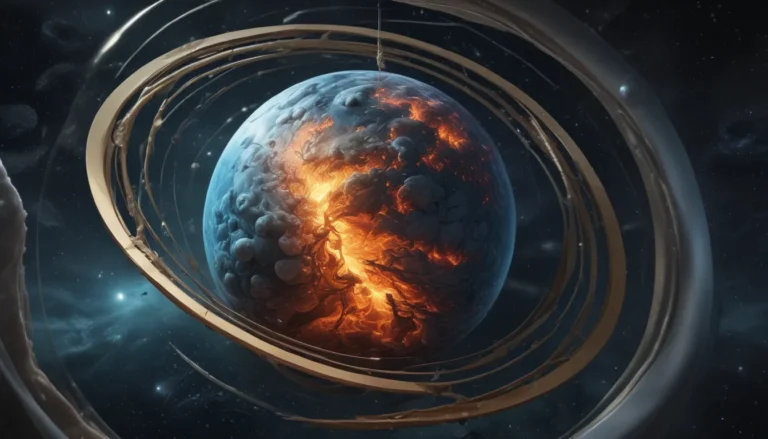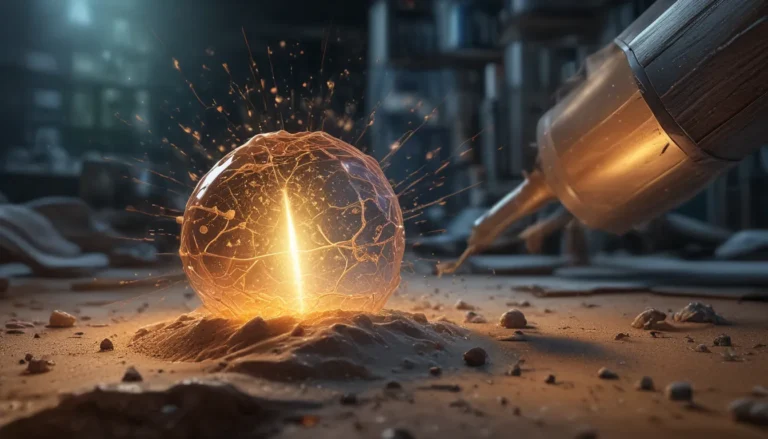A Note About Images: The images used in our articles are for illustration purposes only and may not exactly match the content. They are meant to engage readers, but the text should be relied upon for accurate information.
Radioactive dating is a captivating scientific method that unlocks the mysteries of Earth’s history and the evolution of life. By studying the natural decay of radioactive isotopes in rocks, fossils, and artifacts, scientists can determine their ages with remarkable precision. While many are familiar with the concept of radioactive dating, there are several surprising facts that may not be widely known. Join us on a journey as we delve into 15 remarkable and lesser-known facts about radioactive dating, shedding light on the groundbreaking research and innovative techniques that continue to shape our understanding of the Earth’s geological history.
Unveiling the Science Behind Radioactive Dating
- Radioactive dating, also known as radiometric dating, is based on the principle that certain isotopes of elements decay at a known rate over time. By measuring the ratio of parent isotopes to daughter isotopes in a sample, scientists can determine the age of the material accurately.
Discovering the Different Methods of Radioactive Dating
- The most commonly used method of radioactive dating is carbon-14 dating, which is employed to determine the age of organic materials such as bones, wood, and charcoal. Carbon-14 is created in the atmosphere by cosmic rays and absorbed by living organisms, ceasing when the organism dies.
- Radioactive dating extends beyond organic materials and can also be used to date rocks, fossils, and artifacts by comparing the ratio of parent isotopes to daughter isotopes within them.
Exploring the Diverse Applications of Radioactive Dating
- Radioactive dating finds applications in various scientific fields, including geology, archaeology, anthropology, and forensic science. It helps establish timelines, unravel ancient civilizations’ origins, and authenticate valuable artifacts.
Uncovering Earth’s Age Through Radioactive Dating
- Utilizing radioactive dating techniques, scientists have estimated Earth’s age to be approximately 4.5 billion years old. This critical information is instrumental in comprehending the geological forces that have sculpted our planet.
Diving into the World of Radioactive Isotopes
- Different isotopes possess distinct half-lives, indicating the time taken for half of the atoms in a sample to decay. Uranium-lead dating, for instance, is utilized to date rocks billions of years old, while potassium-argon dating is employed to date volcanic rocks and fossils.
Embracing the Limitations and Advancements in Radioactive Dating
- While radioactive dating offers valuable insights, external factors such as heat, pressure, and chemical reactions can impact its accuracy. Scientists continually refine radioactive dating techniques to enhance precision and reliability.
Shedding Light on Human History Through Radioactive Dating
- By analyzing the isotopes present in ancient human remains, scientists can estimate their ages and glean insights into prehistoric populations and migration patterns. This invaluable tool aids in reconstructing our ancestral journey.
Witnessing the Impact of Radioactive Dating on Evolutionary Studies
- Radioactive dating plays a pivotal role in tracing the evolutionary timelines of various species, providing compelling evidence for the theory of evolution and shedding light on gradual species transformations over time.
Embracing the Ongoing Evolution of Radioactive Dating Techniques
- Scientists persistently refine radioactive dating methods, introducing novel techniques and improving existing ones to elevate the precision and accuracy of age determinations. This dedication propels the scientific community forward in unraveling Earth’s mysteries.
Embracing the Transformative Power of Radioactive Dating
In conclusion, radioactive dating stands as a cornerstone of scientific exploration, enabling us to decipher Earth’s enigmatic past and the evolution of life. Through meticulous investigations of radioactive isotopes’ decay, scientists unravel the age of materials with precision, offering unparalleled insights into geological phenomena, climate transformations, and species evolution over millennia. Radioactive dating’s impact extends far beyond mere age determination; it revolutionizes our understanding of Earth’s rich history and the dynamic processes that have shaped our world.
Frequently Asked Questions
Q: What is radioactive dating?
A: Radioactive dating is a method that determines material ages by measuring the decay of specific isotopes. It capitalizes on the predictable decay rates of unstable isotopes into more stable forms.
Q: How does radioactive dating work?
A: By measuring the ratio of parent isotopes to daughter isotopes in a sample, scientists can calculate the time elapsed since the material formed or underwent significant changes, utilizing the half-life of the parent isotope.
Q: Is radioactive dating accurate?
A: Yes, radioactive dating is generally accurate, although contaminants or mineral alterations can affect results’ accuracy. Scientists employ meticulous techniques to ensure measurement reliability.
Q: What are some applications of radioactive dating?
A: Radioactive dating spans a wide array of applications, including dating rocks, artifacts, and ancient organisms. It aids in elucidating geological processes, climate shifts, and life evolution on Earth.
Q: Can radioactive dating be applied to any material?
A: No, radioactive dating is applicable only to materials housing suitable isotopes with appropriate half-lives for accurate dating. The material being dated must have remained relatively undisturbed by external influences.
Unraveling the intricacies and wonders of radioactive dating unveils a world rich in scientific discovery and historical revelations. Dive deeper into the dynamic field of radiometric dating, where the secrets of Earth’s past and the mysteries of ancient artifacts converge, offering a panorama of scientific enlightenment for curious minds. Trust in our commitment to delivering authentic and engaging content as we embark on this exhilarating journey of exploration and discovery.






